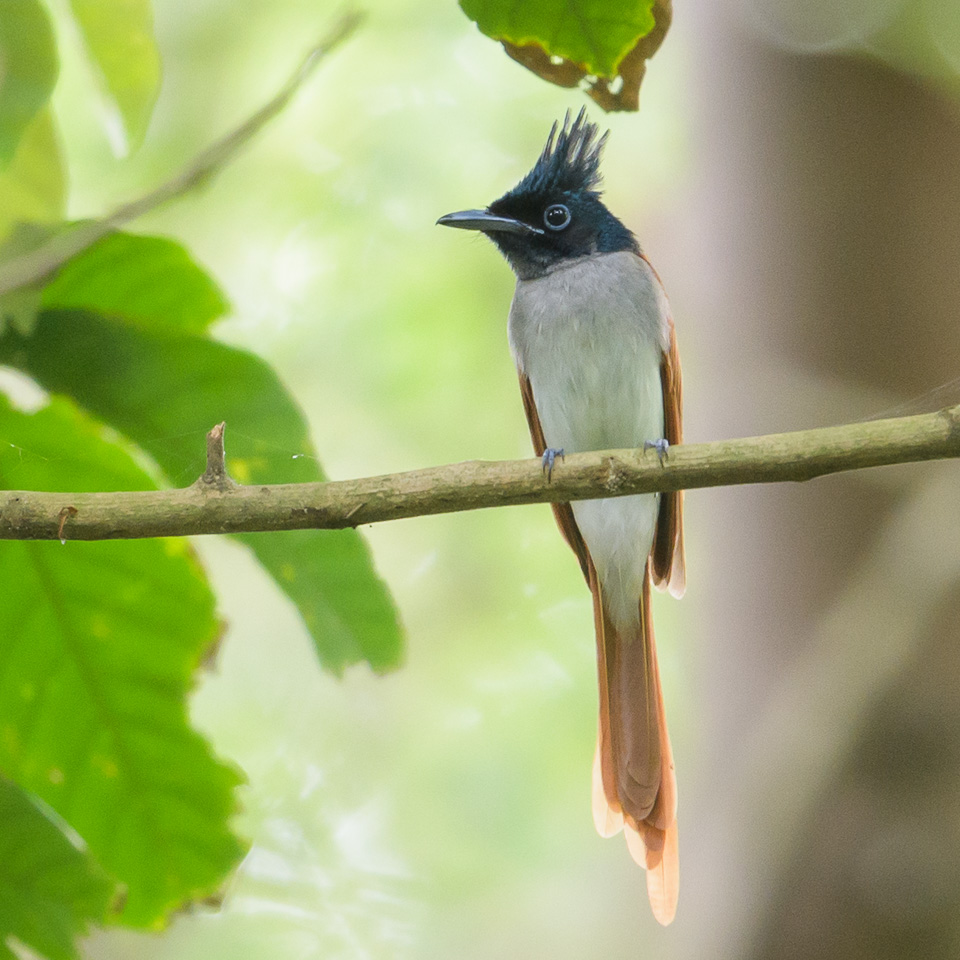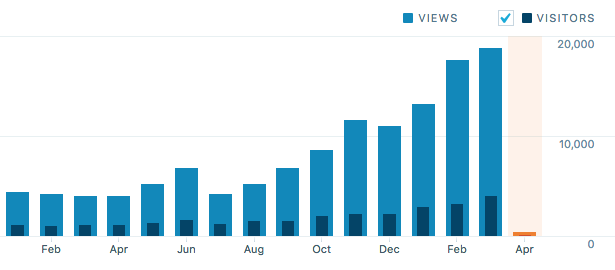The second revision of the Singapore Bird List for 2018 is now available at our website. The Excel format of the list is available HERE.
There is one new species added in this revision, the Indian Paradise Flycatcher. A single bird was reported by Feroz Fizah at Sungei Buloh Wetland Reserve on 23 March 2018 and seen the following day and week. Once its identity was established, Oliver Tan managed to retrieve from his photo archive an older record at the same location on 2 December 2017. Presumably, the bird was wintering in the vicinity the entire season.

With this addition, our Singapore bird list now stands at 400 species. Eleven years ago in 2007, the Pocket Checklist of the Birds of the Republic of Singapore (2007 revised edition) by Lim Kim Seng listed 364 wild bird species being recorded in the country. Subsequent additions and removals resulted in a net gain of 36 species. In other words, we have had a net increase of 10% in the total number of wild bird species recorded compared to 2007. If current trend continues, we can expect addition of an average of 3 new species a year.
Part of reason for this rapid addition of new species into our list can be explained by advancement in the field of bird taxonomy resulting in splitting of what used to be one species into multiple newer ones. A key example is that in the past, the Blyth’s Paradise Flycatcher, Amur Paradise Flycatcher and the newly included Indian Paradise Flycatcher were once lumped together as a single species, the Asian Paradise Flycatcher.
Another important reason is the increasing number of birders and bird photographers in the field over the past decade. There are simply a lot more people in the field looking for birds these days compared to merely a handful in the past. The relative affordability of camera systems play a big part in the increase of number of bird photographers, and a greater awareness of our environment contribute to more people taking up the hobby as well. These days, our nature reserves, parks and gardens are teeming with people participating in all sorts of outdoor activities (including birding), increasing the odds of finding rare birds in our midst.
Lastly and more speculatively, climate change may have affected bird migratory patterns causing unexpected vagrants to turn up. Three of the vagrants newly included in our checklist, the Booted Warbler, Indian Paradise Flycatcher and Jacobin Cuckoo are migratory birds that normally winter within the Indian subcontinent. It will be interesting to see whether there will be a measurable increase in the frequency in which such vagrants turn up in our tiny island in the future.

On a different note, the number of website visitors for the site have steadily increased as seen from the graph above. We are averaging around 600 page views from 130 visitors on a typical day for the month of March 2018. Of which, about 66% of the page views are from Singapore IP addresses, meaning that a large percentage of our visitors are local readers looking for bird information. It seems we are reaching our target audience as intended.
We are glad that there have been sustained interest in this website’s content, despite the recent lack of regular updates. Thank you once again for your continued support!